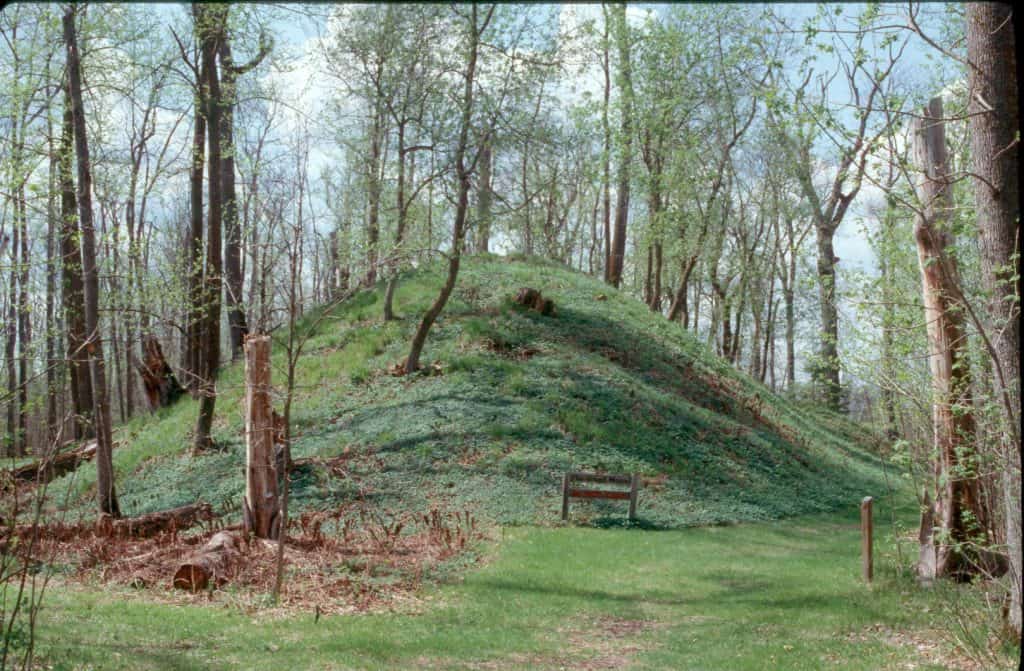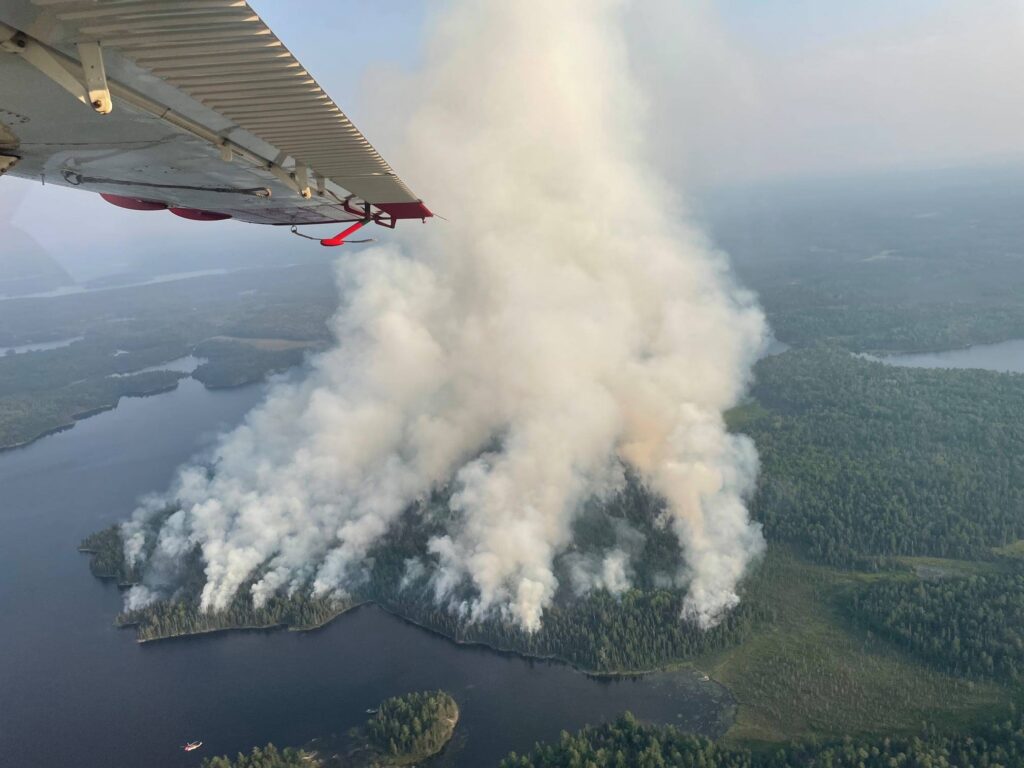

A month after this summer’s fire closures, mornings are cooling off in the BWCA. Contamination from copper-nickel mining waste would not provide any of those benefits and the damage from even a small containment breach of toxic acid mine drainage would be devastating. Moose and grouse will likely benefit from having a mix of younger forests exposed to fire on a regular basis over time.

Birch and aspen roots survive and sprout after a fire. While it had a negative impact on many this summer, there is solace in the knowledge that species like jackpine and black spruce, which have closed cones, will not open unless heated by fire. There would be little to no opportunity for remediation of contaminated waters here because of the interconnected nature of the over 1,100 lakes and maze of rivers, creeks, wetlands, bogs and subsurface waters.įire is also a natural, albeit unpredictable, part of a boreal forest's life cycle. The temporary impact of the wildfire closure allowed for business to continue operating weeks later, but the economic devastation of a permanent closure from copper-nickel mining pollution would be catastrophic. Betty McCollum (D–MN), would do just that - permanently protecting such a pristine watershed from proposed sulfide-ore mining development, which local businesses and outfitters are concerned will negatively impact their livelihoods much like the wildfires did this summer.Ĭonsider the economic impact on local businesses of an entire season, or multiple seasons, of closure due to water contamination from mining like this with a poor containment track record. 2794, a bill introduced in the United States House of Representatives by Rep. The Boundary Waters Wilderness Protection and Pollution Prevention Act - H.R. The difficult decision to close the BWCA and the parks in the surrounding area throughout this time had an undeniable impact on the visitors to the wilderness and on businesses, like outfitters and lodges, as well as the local hunters and anglers who use and depend on access to the Boundary Waters.īHA and Sportsmen for the Boundary Waters have worked together for years to secure protection for the Boundary Waters from proposed copper-nickel mining upstream by supporting the permanent withdrawal of hardrock mineral leasing from 234,328 acres of land within the Superior National Forest. North of the border, the Canadian Provincial Park service also closed the Quetico Provincial Park from mid-August through early September. Our thoughts are with the individuals, businesses and wildlife impacted by the wildfires in and around the Superior National Forest. Hunters once again set out to chase ruffed and spruce grouse, timberdoodles (Minnesotan for woodcock) and bigger game across the north woods. A long and dry season of wildfires had closed the Boundary Waters Canoe Area Wilderness, the Gunflint Trail and other areas within the Superior National Forest. Learn what you can do today to ensure future generations of hunters and anglers have access to the Boundary Waters.Īs the leaves begin to change in northern Minnesota September, rains have helped contain almost all of the fires in the area. Wildfires closed the BWCA and surrounding areas to visitation this summer and showed the massive impact the Boundary Waters has on tourism and what happens when access to the area is restricted. This Public Lands Month, Backcountry Hunters & Anglers and our partners at Sportsmen for the Boundary Waters are highlighting our work on behalf of Minnesota’s Boundary Waters Canoe Area Wilderness.


 0 kommentar(er)
0 kommentar(er)
